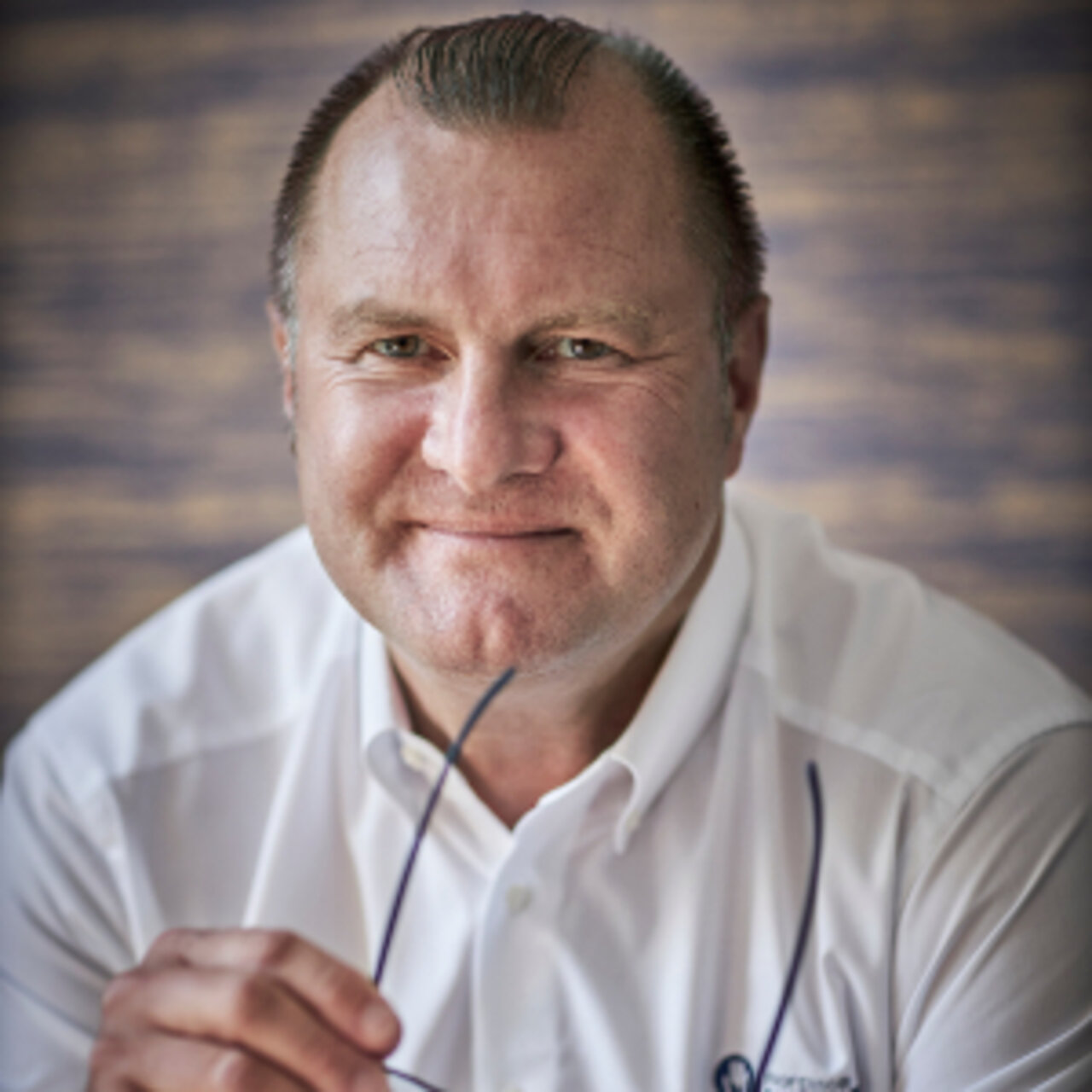Specialists in Pediatric Hand Surgery
2 Specialists found
Information About the Field of Pediatric Hand Surgery
What Is Pediatric Hand Surgery?
Pediatric hand surgery is a branch of surgery specializing in diseases of the hand and forearm in children. Pediatric hand surgeons are particularly familiar with the complex structure of the hand, which includes many different structures such as nerves, muscles, tendons, and bones.
What Is Included in the Range of Services Offered by Pediatric Hand Surgery?
If children suffer from malformations, injuries, or other hand diseases, the pediatric hand surgeons take care of adequate therapy. This is to ensure that the growth of the hand can continue as planned even after surgery and that the child's hand retains its full functionality.
Surgical intervention is considered for childhood hand disorders when non-surgical, so-called conservative therapy measures fail or do not achieve the desired success.
Which Surgical Procedures Are Offered by Specialists and Clinics in Pediatric Hand Surgery?
Most surgical procedures can be performed in outpatient settings depending on the clinical picture. Children can, therefore, usually be discharged on the day of the surgery or at the latest one day after the operation.
For surgeries in infants and small children, general anesthesia is usually necessary. However, some surgeries can also be performed under local anesthesia in consultation with the parents of older children.
For surgeries on the hand, a minimally invasive approach is usually chosen. A small incision is necessary, and only a tiny scar remains at the end.
It depends on the clinical picture and which surgical procedures are used. This will be discussed in more detail in the following two points.
After the surgery, follow-up care with regular checkups is recommended. First, the doctor examines the wound to assess whether it is healing as expected. In addition, depending on the clinical picture, they will perform special tests to check the hand's range of motion. In addition, an accompanying physiotherapeutic treatment is often recommended to restore the hand's mobility as quickly as possible.
Diagnosis and Treatment of Congenital Hand Malformations in Children
Hand malformations in children include the clinical pictures described below.
The diagnosis is usually made during a clinical (physical) examination. Imaging (usually X-ray) is also often performed.
- Fused fingers or toes (syndactyly):
This condition is one of the most common malformations of the hands and feet. Due to a failure to separate the fingers of a hand (or the toes of a foot), two or more fingers (or toes) have grown together.
Syndactyly can be distinct to different degrees. For example, while only a slight webbing is visible in mild forms, the fingers are fused along their entire length in pronounced forms. In some cases, only skin and soft tissue are involved in the connection; bones may also be affected in complex cases.
Therapy: It is recommended to surgically separate fused fingers so that the individual fingers regain their full functionality. Such a surgical procedure takes about four hours and, in addition to separating the fingers, includes covering the resulting skin defects with skin grafts.
- Double thumbs or supernumerary fingers (polydactyly):
Polydactyly can be characterized in three distinct forms:
- Salivary polydactyly: double or triple occurrence of the thumb or, in rare cases, tripartite thumb development (most common form).
- Ulnar polydactyly (duplication of the little finger): double occurrence of the little finger
Central polydactyly: duplication of the ring finger and fusion of this duplication with the middle finger, usually associated with relevant functional limitations; further problems may arise, such as growth disorders or axial malposition.
Therapy: Finger doublings are usually corrected surgically. This is sometimes very successful in the case of double thumb and little finger duplication. However, the treatment is generally more complex in other cases and central polydactyly.
- Short-fingered (brachydactyly):
In most cases, being short-fingered is genetic. In most families, it occurs in clusters and on several extremities. With the help of a blood test, patients can be examined for possible causative genetic changes. Being short-fingered usually leads to problems when paired with malalignment of the finger or fused fingers.
Therapy: Depending on the present form, surgical axis correction is advised in the case of axis malalignment and separation of the fused fingers in the case of syndactyly. In some cases, bone lengthening can improve the functionality of the finger.
- Underdevelopment of the hand (reduction defects):
This includes underdevelopments of the hand of varying degrees. In addition to individual fingers, these malformations can also affect the entire hand, forearm, upper arm, and shoulder.
Therapy: Treatment varies greatly depending on the type of underdevelopment of the hand. While no surgical treatment is necessary in some cases, complex surgeries must be carried out in other cases.
- Laced ring syndrome:
Laced ring syndrome constricts the infant's fully developed extremities in the womb by band-like structures of the innermost egg skin. These constrictions can vary in severity, ranging from the mildest, barely noticeable constrictions to amputations. This usually affects all extremities, i.e., arms, legs, hands, and feet.
The consequence of these constrictions is mostly the so-called acrosyndactylism—this constriction of already fully developed and separated fingers, fused fingertips, and amputation-like injuries.
Therapy: Depending on the severity, surgical treatment is very diverse. Commonly carried out procedures include surgical finger separations and laceration ring adjustments.
- Clefts: Split hands and feet
These rare malformations usually affect both hands or feet and frequently occur as part of syndromes. A typical feature is a cleft formation of varying extent on the hands or feet, causing them to assume a strange shape. However, the functional limitations are often not as severe as the optical impression suggests.
Therapy: The exact surgical therapy is decided depending on the individual manifestation of the disease. While no surgical therapy is necessary in some cases, in other cases, the spectrum includes finger separation, finger lengthening, and finger displacement.
- Giant growth (macrodactyly):
Giant growth involves the excessive growth of individual fingers or toes. In some cases, the entire arm or leg may also be affected by the condition.
Therapy: Depending on the severity of the giant growth, visual changes and functional limitations occur with varying severity. Therefore, the therapy is based on individual findings. Typical therapeutic measures include surgical destruction of the growth plates (epiphysiodesis) to stop the excessive bone growth early.
- Cartilage tumors and bony hyperplasia (ecchondrosis and enchondromatosis):
Osteochondromas are cartilaginous tumors that often occur on one or more fingers or the forearm and can lead to tumor-related destruction of the growth plates of the bone (epiphyses). Consequences of this can be growth disorders such as short stature and axial deviations.
Therapy: Osteochondromas are usually removed surgically. Accompanying growth disturbances can be corrected by bone straightening or lengthening.
- Congenital movement restrictions:
Congenital movement restrictions include, among others, hammer finger (camptodactyly). It usually affects one or both little fingers, but the condition can also occur in rarer cases in other fingers. The hammer finger is characterized by an extreme flexion in the middle finger joint, often accompanied by an overextension in the base finger joint.
In addition, there are other congenital movement restrictions such as joint stiffness in the flexed position (flexion contractures), a fusion of finger phalanges (symphalangy), or congenital joint stiffness (arthrogryposis).
Therapy: Surgical therapy of the hammer finger often does not bring the desired success and must therefore be discussed in individual cases. The other malformations show a comprehensive spectrum of therapy depending on the disease, including physiotherapy and extensive surgery.
- Fixed thumb (Pollex rigidus):
A rigid thumb is a condition in which the thumb distal phalanx can no longer be fully extended due to a mismatch between the diameter of the long thumb flexor tendon and the first thumb annular ligament. As a result, nodules may form in the area of the tendon. This limits the extension of the thumb in the long term.
Therapy: The thumb ring ligament can be split in a short outpatient operation. This results in the thumb being able to be extended normally again in the long term.
Hand Injuries in Children: Procedure for Diagnosis and Treatment
In addition to congenital hand deformities, pediatric hand surgeons also treat a wide variety of injuries to a child's hand and forearm, including bone fractures and injuries to tendons, muscles, and nerves.
Pediatric hand surgeons also treat infections of the hand and forearm that do not respond adequately to medical therapy with antibiotics.
As part of the diagnostic process, an inspection and - if possible, clinical examination of the hand or forearm is first performed in the injury context. If an injury to bones or joints is suspected, an X-ray is usually taken.
Therapy: Depending on the type and pattern of injury, various surgical and non-surgical treatment measures are used.
Which Doctors and Clinics Specialize in Hand Surgery for Children?
Doctors from a variety of fields may specialize in pediatric hand surgery. These include:
- Surgery with trauma surgery
- Orthopedics: especially pediatric orthopedics
In addition, neurologists are often involved in diagnosis and treatment planning, as many important nerve pathways are in the hand area.
Every patient who needs a doctor wants the best medical care. Therefore, the patient is wondering where to find the best clinic. This question cannot be answered objectively, and a reliable doctor would never claim to be the best one, we can only rely on a doctor's experience.
We will help you find an expert for your condition. All listed doctors and clinics have been reviewed by us for their outstanding specialization in pediatric hand surgery and are awaiting your inquiry or treatment request.
Sources
- www.umm.de/kinderchirurgie/leistungsspektrum/kinderhandchirurgie/ueberblick-handfehlbildungen-und-fussfehlbildungen/zusammengewachsene-finger/
- www.leading-medicine-guide.de/behandlung/handchirurgie-bei-kindern
- www.kkh-wilhelmstift.de/fachbereiche-experten/handchirurgie/ueberzaehlige-finger-und-zehen-polydaktylie
- flexikon.doccheck.com/de/Handchirurgie
- link.springer.com/content/pdf/10.1007%2F978-3-7985-1936-7_11.pdf
- www.schoen-klinik.de/angeborene-handfehlbildungen

